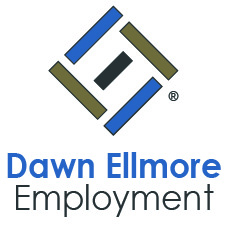Probably the most famous example of the battle to trade mark a 3D shape lies with Nestle’s Kit Kat bar. While their strapline advises taking a break, their fight to secure 3D trade marks for the distinctive shape of their chocolate bar has so far caused them a lot of hard work.
Nestle haven’t yet pulled off a trade mark registration for the shape of its product, and neither has another massive brand. LEGO bricks are one of the most recognised toy shapes in the world, but the company’s product has so far failed to meet the strict criteria set by European and national courts.
So, what makes obtaining trade mark protection for shapes more difficult than for signs, slogans, logos or words?
Registration limits
Limits have been implemented to stop companies from gaining control over technical solutions. This also includes the way a product functions and its main characteristics. European law has three limitations in place to stop shapes from being monopolised by one company.
It’s not possible to obtain trade mark protection if:
- The product is a shape resulting from the nature of itself.
- The shape of the product gives value to the goods.
- The shape of the product is necessary for technical results.
If a shape isn’t excluded on any of these three points, then it’s possible to obtain trade mark protection. However, this is only if the shape satisfies the criteria for distinctiveness that pertains to all trade marks.
It’s extremely difficult for a shape to meet the criteria needed, as it’s tricky to argue conclusively that consumers recognise a shape as a particular product or service. To meet the essential criteria of a trade mark, the shape must be significantly different from the norm in the sector.
Nestle’s KitKat battle
Back in 2010, Nestle filed its first application to register a trade mark for its iconic product – the four finger KitKat bar. The application was specifically for a shape trade mark.
Originally the IPO (UK Intellectual Property Office) accepted the application and agreed to register the shape. Shortly afterwards, Nestle’s major competitor, Cadbury, formally opposed the registration. This led to the High Court of Justice for England and Wales referring questions to the Court of Justice of the European Union (CJEU) for a ruling. They found that it doesn’t meet EU criteria for a trade mark and referred it back to the UK court system.
After much deliberation and movement between courts, the court of appeal ruled in May 2017 that the KitKat bar has “no inherent distinctiveness.” This was after months of deliberation and came in the form of a 16,000-word ruling.
Successful ‘shape marks’
While Nestle may have failed to convince the courts that a KitKat is synonymous in consumers’ minds with its shape, others have been more successful. The iconic shape of the Coca Cola bottle successful registered its shape as a trade mark, as did the distinctive Toblerone bar.
With that said, it’s clear that it’s a tricky area of trade mark law, and Dawn Ellmore Employment believe that it will remain so. KitKat has prompted much debate in the European courts of law regarding the registering of trade marks for shapes and it looks like changes in legislation are likely.
About Dawn Ellmore Employment
Dawn Ellmore Employment was incorporated in 1995 and is a market leader in intellectual property and legal recruitment.



